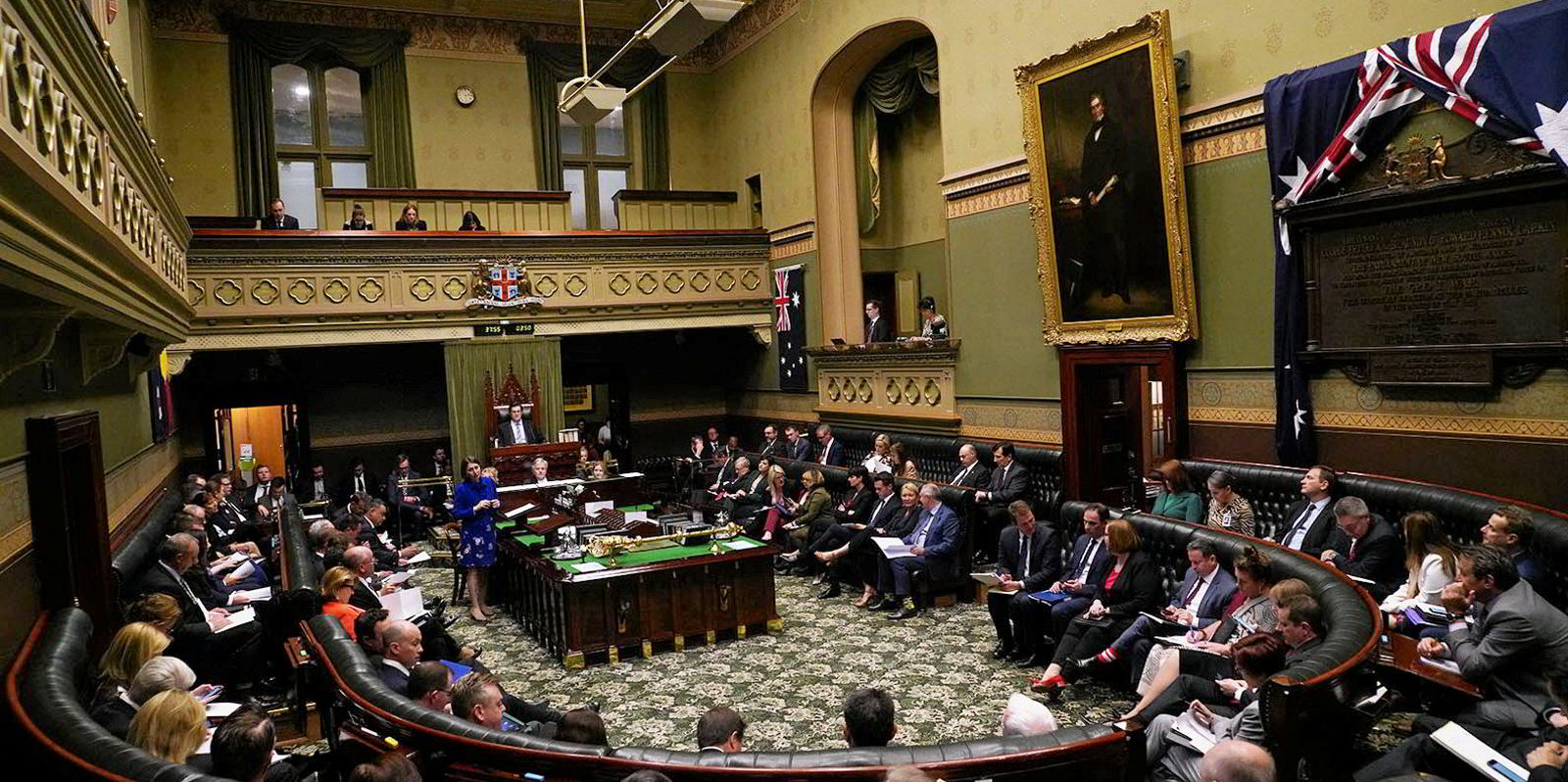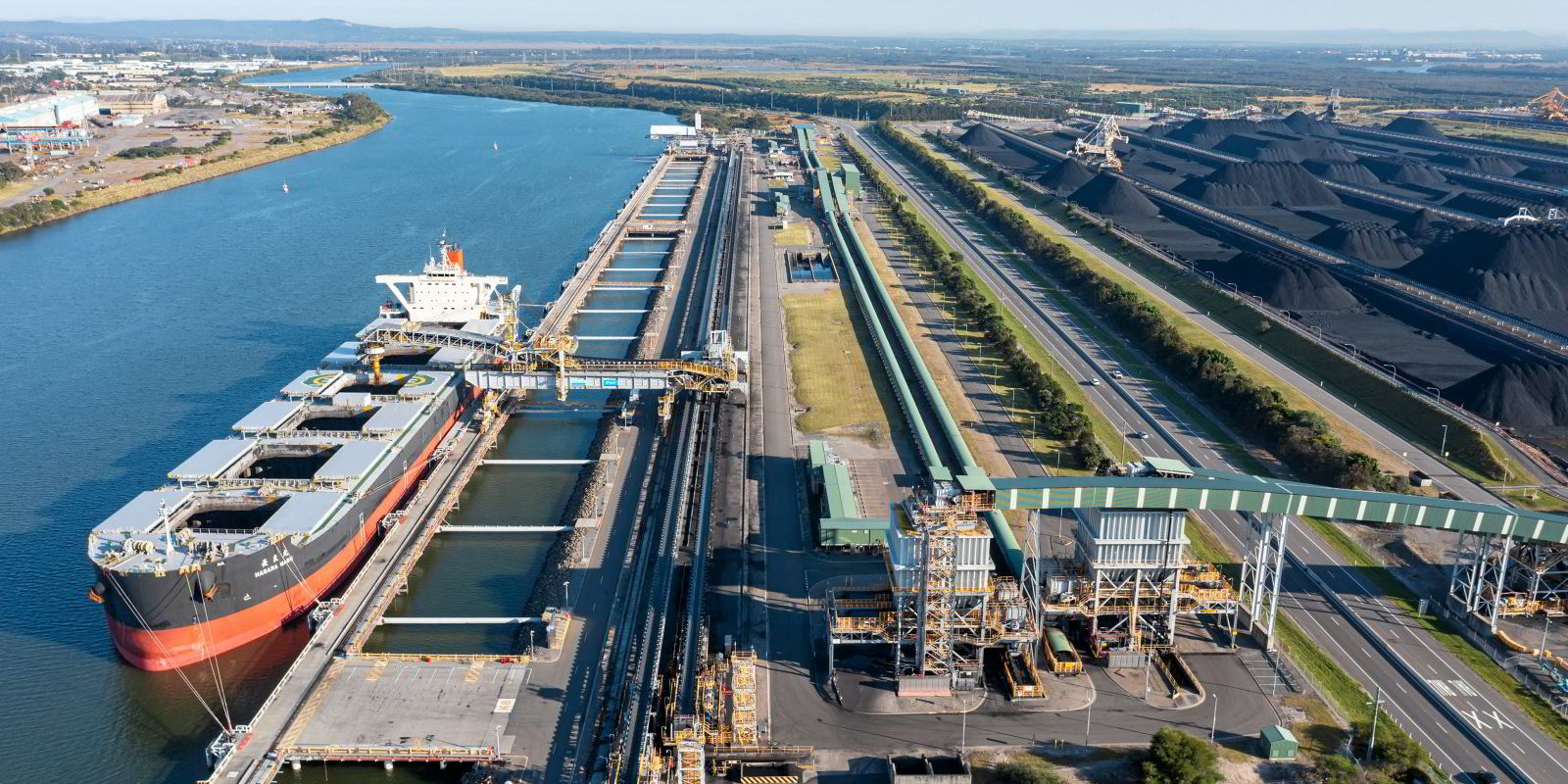Utilities and financial investors are investing in renewables, especially hydrogen, like never before

A hydrogen supply system in Cologne, Germany.
Image: DLR, wikimedia commons, https://bit.ly/3nOn4
From pv magazine USA
Ernst & Young (EY) released a report detailing transactions in power and utilities (P&U) for Q3 2021, which shows that utilities are putting significant financial support behind their environmental, social and governance (ESG) initiatives. Investments in gas and electricity networks, the broader energy transition, and energy services; including storage, EVs and waste-to-energy, accounted for $57.2 billion of the quarter’s total of $72.8 billion in deal value.
This trend of a higher focus on renewable deals began its ramp up in the first half of 2020. EY strategy and transactions partner, Miles Huq, in previous conversations with pv magazine, said individual deals in renewable energy are typically lower in value, so the total value driven by these transactions shows continued investor confidence.
That mark of $72.8b in deal value represents the highest level of investment in the last eight quarters, showing the potential of a return to pre-pandemic levels of deal activity. Corporate investors acquired $8.3b of renewable assets in Q3, as compared to $3.2b acquisitions by financial investors.
There were 53 deals in the Americas, which includes Central and South America, with cumulative deal value of $23.9b, a 69% increase from Q2. Value was driven by very large “megadeals” in energy services and networks assets. Renewable assets drove deal volume with 17 deals.
The report also asserts that utilities are trying to sell off their fossil fuel generation assets, instead focusing on keeping nuclear, renewables and regulated businesses in their portfolios. In return, financial investors are jumping at discounted assets that are critical for grid stability. To illustrate this point, the authors point to the Public Service Enterprise Group selling off its 13 gas-fired plants to ArcLight Capital, a private equity investor, for $1.9b against the assets’ book value of $4.5b.
And while emergent climate and renewable tech historically have been slow in drawing large investment activity, that narrative may be changing, as Q3 saw significant investments in hydrogen technologies. According to the report, gas utilities are increasingly betting on hydrogen to help them transition to clean energy companies.
For example, the report outlines that Avangrid announced plans to construct a 20 MW electrolyzer and hydrogen storage facility for its Connecticut gas and electric utilities, powered by renewable energy from offshore wind. Across the country, American utilities have announced more than 26 hydrogen pilot projects.

Hydrogen could be meeting up to a quarter of world energy needs by 2050.
FIRST PUBLISHED NOV 28, 2021
This article was originally published under Creative Commons by 360info, a new content agency committed to examining the world's most pressing problems.
Hydrogen is the energy and climate policy world's current darling. But how will countries use it and how fast might a change happen? ask Thomas Sattich of the University of Stavanger and Charis Palmer of 360info.
In a small room in Delft, Netherlands, a group of engineering students ponder what energy systems might look like in 2050. Across the North Sea in Stavanger, Norway, students of international relations consider how the world order might shift if there were universal access to renewable energy.
The engineers know little about geopolitics, the IR students little about energy technology.
They’re undertaking a green policy simulation: each represents a fictional country grappling with the energy transition and lays out how they would deliver it, balancing the interests of their citizens with those of the world. Some of the fictional countries are dependent on fossil fuels, others are blessed with abundant renewables.
It’s a useful tool to teach the complexity of trade-offs in energy transitions and emission reductions. How could the world order shift if countries not known for renewable energy production or export ended up dominating it?
The energy transition’s current darling, hydrogen, has moved from the world of engineering to politics. Governments around the world have already committed more than US$70 billion to stimulate the hydrogen industry.
Hydrogen production is moving from grey: using natural gas, to blue: with carbon capture, and green: produced by electrolysis using renewable electricity. Right now, green hydrogen isn’t economically viable.
If not for the world running out of time to stop catastrophic global warming, we wouldn’t be talking as much about hydrogen. And in Europe at least, the electricity used to make hydrogen through electrolysis has to compete with electricity use for power purposes.
Could hydrogen become the new oil? Energy analysts predict oil demand could peak soon after 2025, and by 2050, hydrogen could meet up to 24% of the world's energy needs. Considering the dominant split of energy today - oil 30.9%, coal 26.8% and gas 23.2% - a 24% share is substantial enough to affect world order.
Yet to work out how the geopolitics could play out it’s worth asking three questions. One: how much hydrogen will countries use, two: how much will countries trade, and three: how fast will the change happen? Only then can you establish where hydrogen might fit in the global energy mix.
The obvious early movers are heavy industry looking to decarbonise, industrial shipping and heavy vehicles. Large power utilities are eyeing it off for storage. All of these players are largely linked to the existing oil and gas industry. As countries transition to sustainable energy, oil and gas led economies could lose US$7 trillion by 2040, the International Energy Agency has warned. Hydrogen could give them a lifeline to extend their business model.
Still, electricity is expected to be the energy carrier of the future, powering most other applications in a green world.
Trade depends on domestic production capacity, cost differences between countries and strategic considerations. Consider mature countries that don’t want to be reliant on electricity from their nearest neighbours: hydrogen imports could deliver the strategic diversification they’re looking for. Hydrogen simply allows for more long-distance, more flexible, trade.
An East Asian hydrogen market stretching between India, Japan and Australia is feasible. Similar markets could develop in the Americas or between the Middle East and Europe.
For countries, four scenarios are likely as sustainable energy technology evolves. With the technology, opportunities open up for export of energy, know-how and materials.
A fossil fuel exporter becomes a sustainable energy exporter - they win some and lose some.
A fossil fuel exporter becomes a sustainable energy importer, a lose lose.
A fossil fuel importer becomes a sustainable energy exporter, going from a position of dependence to revenue. A win win.
And lastly, the position most countries now find themselves in, a fossil fuel importer misses the opportunity and moves to being a sustainable energy importer.
It’s a high risk, high reward scenario for governments betting on green hydrogen ahead of it being economically viable. Then again, invest too little too late and they risk wasting money while still ending up a laggard.
The only certainty is that not every country will benefit equally from the transition, and those losing might not be the usual suspects.
Thomas Sattich is Associate Professor at the University of Stavanger and Head of the Master in Energy, Environment and Society. He is also coordinating the Erasmus+ funded Geopolitics of Renewables Simulation project. Partly developed at TU Delft, this simulation will allow students of energy and International Relations to engage in the difficult negotiations of transnational solutions for the energy transition.
'Export superpower': Australian state approves $2.2bn of funding to slash cost of green hydrogen
New South Wales aims to bring price of renewable H2 to $2/kg by 2030 while turning itself into a major hydrogen exporter
New South Wales' Legislative Assembly, the lower house of the state's parliament
.Photo: New South Wales Parliament
The government of New South Wales (NSW) is to spend up to A$3bn ($2.2bn) on incentives that it hopes will turn the Australian state into a green hydrogen “export superpower” by the end of the decade.
NSW’s hydrogen strategy, which was unveiled in October, was officially signed off on Friday after the state parliament in Sydney passed the Energy Legislation Amendment Bill that underpinned its funding.
In its H2 strategy, the state introduces eight “stretch targets” that it hopes to achieve by 2030:
New era for Newcastle? Australia and Macquarie eye huge green hydrogen hub for world's largest coal portRead more
Western Australia targets 100GW of green hydrogen 'within a decade' and 200GW by 2040Read more
1) To produce 110,000 tonnes of green hydrogen per year
2) To utilize 700MW of electrolyser capacity
3) To “dramatically reduce the cost of green hydrogen” to under $A2.80 ($2) per kilo — from an estimated A$8.60 today
4) To install 12GW of renewable energy
5) To build 100 hydrogen refuelling stations
6) To have 10,000 H2-powered vehicles on its roads
7) For 20% of the state government’s heavy vehicle fleet to run on hydrogen
8) To blend 10% hydrogen into the state’s gas networks (by volume)
“Achieving these stretch targets will transform NSW into Australia's largest consumer of green hydrogen, create up to 10,000 new jobs and position the State to become a hydrogen export superpower,” the strategy says.
“To get there, this Strategy provides up to $3 billion of incentives to commercialise hydrogen supply chains and reduce the cost of green hydrogen by an estimated $5.80 per kg. With this Strategy, we will support industry to adopt green hydrogen, develop hydrogen hubs at our major ports, build a hydrogen refuelling network for heavy vehicles along major highways, create a market led framework to drive demand for green hydrogen and waive a wide range of taxes and charges to dramatically reduce the cost of green hydrogen.”
The waivers include exemptions from government electricity levies — which are charged on customers to increase renewables capacity, fund decarbonization objectives and reduce the cost of infrastructure — and a 90% reduction in transmission and distribution charges for electrolysers installed by 2030 for a period of 12 years (but only where the network has spare capacity).
Coal and gas-rich Australia slammed over 'climate fraud' 2050 net zero goalRead more
'World's best wind and solar': 150GW desert green hydrogen plans no mirage, says InterContinental EnergyRead more
The strategy claims that it will create up to 10,000 new jobs by 2030, and may reduce the operating costs of trucks in the state by up to A$103.1m by 2030, while similarly cutting the costs of running buses by up to $234.8m compared to internal combustion engines. And producing green steel by replacing fossil fuels with green hydrogen “could deliver up to an additional A$20m in annual revenues… [for] every percentage point increase in industry output relative to current levels”.
These figures appear to assume massive reductions in the cost of electrolysers and electricity, with a high carbon price increasing the costs of fossil fuels.
The A$3bn of state funding includes $70m to establish hydrogen hubs in the Hunter and Illawarra regions, A$78m for the offtake of green hydrogen at the planned 316MW natural gas/hydrogen-fired Tallawarra B power station.
Most of the gigawatt-scale green hydrogen projects announced in the country to date have been in Western Australia, which has vast tracts of unpopulated sun-drenched lands. NSW, by contrast, is the third most densely populated state in the nation, only surpassed by the tiny Australian Capital Territory and small Victoria, so it has less available land for wind and solar farms.
And according to the Global Wind Atlas and Global Solar Atlas, NSW is also less windy and less sunny than Western Australia.
Multi-gigawatt green hydrogen projects have also been announced in sparsely populated Queensland, the Northern Territory and South Australia, while the only facility of a comparable size so far announced in New South Wales is an early-stage 1GW project at the port of Newcastle, which would probably have to be powered by offshore wind.(Copyright)








No comments:
Post a Comment